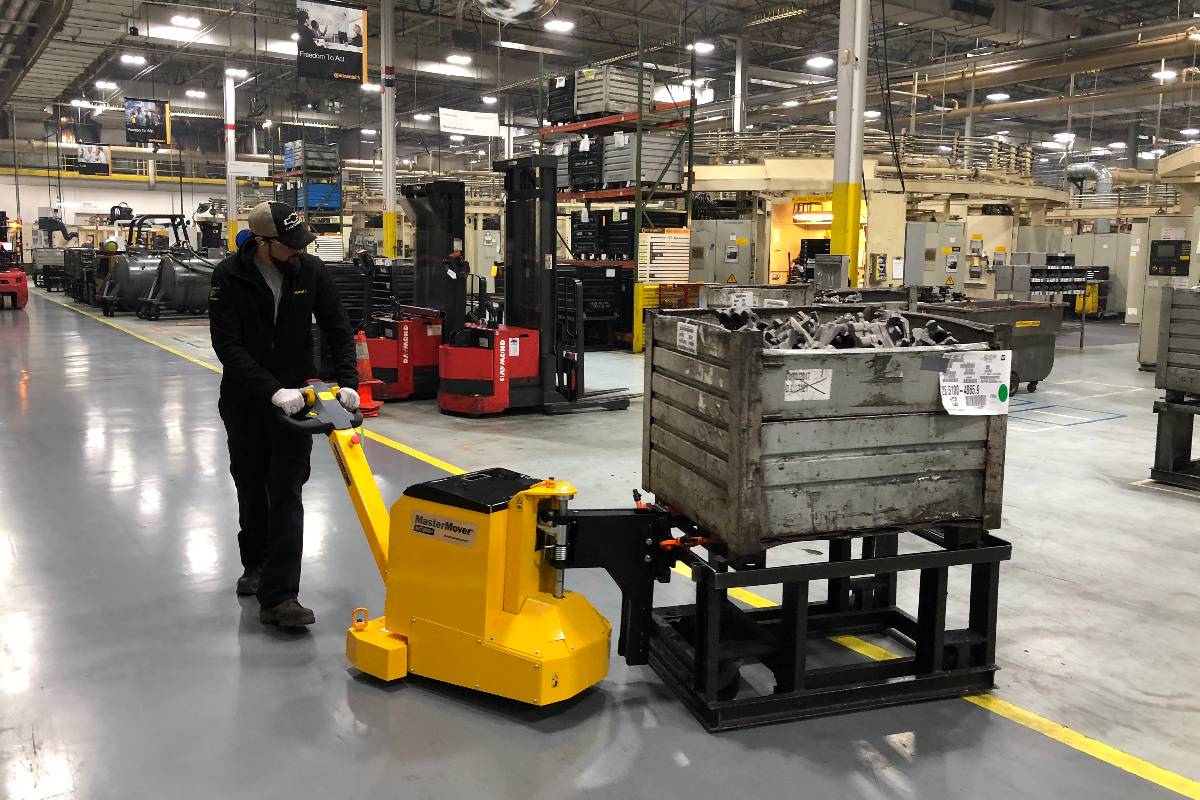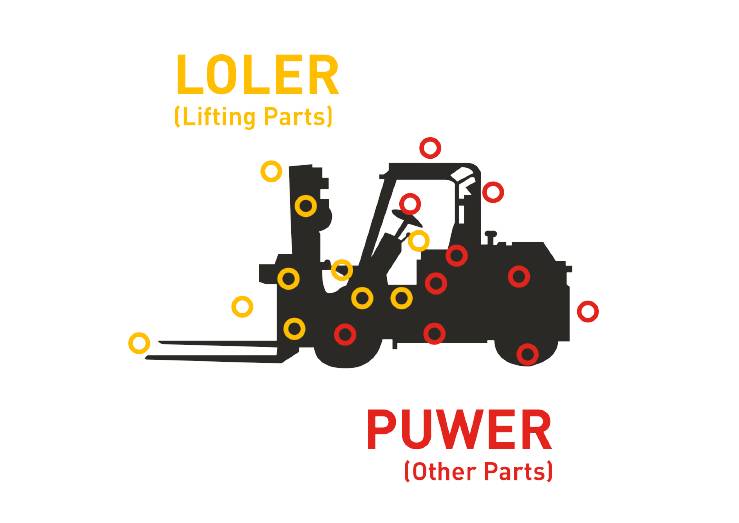Electric Tug Licenses
Material handling electric tugs

Do you need a license to operate an electric tug or tow tug?
It’s a valid question considering the wealth of legislation covering various factory tools and material handling equipment.
HSE and Plant Managers familiar with common factory regulations such as LOLER are also often unsure if electric tow tugs fall under this and if, in turn, operators need a license to use a tow tug.
Electric tow tugs are a type of material handling equipment specifically designed to move heavy-wheeled loads. Their operation ensures loads stay safely on the ground, meaning electric tugs are not classified as lifting equipment under LOLER regulations.
Let’s dive into some of the regulations covering other types of material handling equipment…

LOLER and PUWER: What's the difference?
Provision and Use of Work Equipment Regulations 1998 (PUWER) cover any work equipment such as machinery, appliances, apparatus, and tools. Lifting equipment such as forklift trucks, overhead cranes, and other equipment under LOLER must also meet the requirements of PUWER.
- PUWER regulations state that businesses must ensure work equipment is:
- Suitable for the intended use.
- Safe for use, maintained in a safe condition and inspected.
- Operatives have had sufficient instruction and training.
- Accompanied by suitable health and safety measures i.e. protective devices.
LOLER and PUWER are often referred to together as the two can often overlap. To summarise the difference:
- LOLER only applies to lifting equipment.
- PUWER applies to all work equipment.
The benefits of electric tow tugs
With a license-free operation, electric tugs reduce the downtime associated with waiting around for a licensed driver or operative of other material handling equipment. This helps to prevent bottlenecks in the transportation process and keep production moving.
With intuitive controls and safety built-in as standard, electric tugs allow operators to easily manoeuvre heavy loads with ease.
Your questions, answered - FAQs
- Lifting operations are planned, supervised, and conducted by competent and trained operatives.
- Lifting equipment is ‘sufficiently strong, stable and suitable’ for the application.
- Equipment is positioned and installed correctly.
- Lifting tools are marked with safe working load data.
- Any equipment is well maintained and in full working order.
No, you do not need a license to operate an electric tug.
Lifting Operations and Lifting Equipment Regulations 1998 is often abbreviated to LOLER. Under LOLER regulations businesses using any lifting equipment must ensure that:
LOLER regulations cover any equipment that is used for lifting or lowering loads, covering a wide range of equipment such as cranes, forklift trucks, hoists, mobile elevating work platforms and lifts.
Lifting is an essential but dangerous part of many operations. LOLER regulations and comprehensive training are necessary for all lifting equipment to ensure operatives can use the equipment safely.
As the manufacturer, we recommend that all operators receive basic operational training.
Training is available on all machines to ensure your operators use electric tugs safely and to maximise usage rates.
We also offer refresher training to retain competency levels and ensure safe operation.
The design of electric tow tugs is focused on simplicity and ease of use, which means operators don’t require lengthy training courses or an electric tug license to be able to competently operate the machines.
Electric tow tugs are typically available with a range of control options such as:
Our electric tugs feature simple throttle controls, an emergency stop, a speed selector switch, and efficient coupling systems to make movements as easy as possible.
The ultimate guide to electric tugs
Electric tug essentials
Looking to understand electric tugs in a little more detail?
We’ve compiled some helpful resources to get you started, covering everything from how they work, different types of batteries, getting the right connection point and more…